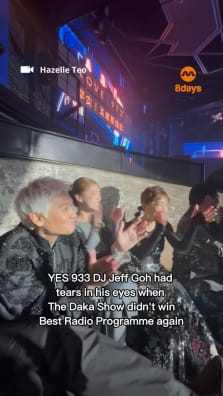How To Stop Snoring: Do Mouth Taping, Nasal Strips & Other Devices Really Work? Doctors In Singapore Weigh In
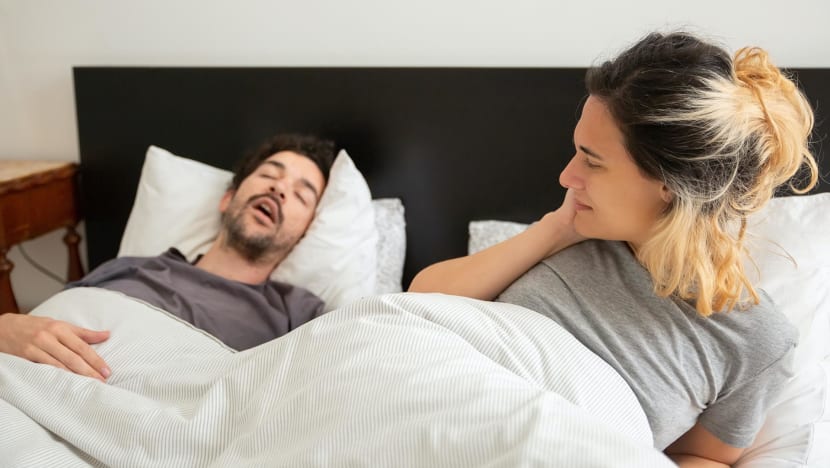
It’s not fun sleeping next to a heavy snorer. The sounds made by noisy bedmates have been likened to breathy whistling, snorting and, by those with a dramatic flair, the bellows of a beast in deep slumber.
And it's not an uncommon situation. Dr Serene Wong, a consultant who specialises in sleep medicine at Alexandra Hospital, said that about 60 per cent of the patients at the sleep clinic have snoring issues.
“As we enter deeper stages of sleep, our muscle tone becomes more relaxed, contributing to an increasingly narrow upper airway and that is thought to lead to snoring,” said Dr Wong, who also practises at National University Hospital’s Division of Respiratory & Critical Care Medicine. “Snoring is caused when the air flowing through the upper airway (including the tongue and throat) makes the tissues vibrate.”
Over at Ng Teng Fong General Hospital, about 30 per cent of the patients seen at the ear, nose and throat (ENT) clinic snore, said Dr Ng Chew Lip, a consultant and the clinical director of Department of Otolaryngology-Head and Neck Surgery. “There is a higher prevalence in males,” he said, adding that about half of those with allergic nose or sinus problems has snoring symptoms.
If you don’t have a bed partner to alert you about your snoring, there are other signs you can look out for, said Dr Ng. These include excessive daytime sleepiness (EDS); a dry throat due to mouth breathing; and waking up abruptly at night feeling breathless, which could be a sign of obstructive sleep apnoea (OSA). EDS, according to Dr Ng’s 2013 study, was found to occur in more than 20 per cent of his 1,003 participants in Singapore.
DOES VERY LOUD SNORING MEAN YOU HAVE OBSTRUCTIVE SLEEP APNOEA?
The degree of muscle tone relaxation in the same person can vary nightly, depending on the level of fatigue, sleep hygiene and whether the person is on sedating medications or alcohol, said Dr Ng. Which means the loudness of your snoring can vary from night to night.
He added: “Snorers may not snore every night and may not snore through the night. Snoring can happen during all phases of sleep but tends to happen during the deeper phases of sleep, that is, after 30 minutes to one hour into sleep when muscle relaxation happens”.
“The quality of the sound of snoring can be affected by the craniofacial and neck anatomy of the person,” said Dr Ng. “The unique structural anatomy results in a certain pitch, amplitude, timbre and resonance of snoring, much like an opera singer’s unique voice is contributed by his anatomical characteristics!”
But if you “make choking noises, wake up gasping or even stop breathing” during your sleep, there is a chance that you may have OSA, which happens when the upper airway is “severely narrowed or obstructed completely”, resulting in a “decrease in oxygen levels to the brain and the rest of the body”, said Dr Wong.
And while the volume, length and frequency of the snoring episode may point to OSA, those metrics do not determine its severity, said Dr Wong. “In other words, patients with severe OSA may not exhibit loud snoring; conversely, patients with mild OSA may have loud snoring,” she said. Your best bet is to have yourself medically examined.
DO ANTI-SNORING DEVICES AND METHODS WORK?
If you have been scrolling through TikTok or Instagram, you might have come across devices, methods or exercises that claim to stop snoring. And because you’re not quite ready to see a doctor yet, you might even be tempted to try them. But just how effective are they and should you try them? We ask the experts:
- MOUTH TAPING
It's as simple as sticking a piece of porous tape over your lips to prevent your mouth from opening during sleep. This method supposedly stops you from breathing through your mouth and prevents air from vibrating the tissues and relaxed muscles in your upper airway.
But both Dr Ng and Dr Wong do not recommend this method of quelling snoring. “We breathe through the nose and the mouth,” said Dr Ng. “Closing one orifice off does not improve airflow and could instead reduce airflow and increase breathing effort.”
Moreover, mouth taping is “founded on the assumption that one has an open nasal passage”, said Dr Ng. But “many people have nasal obstruction, so this does not work in such patients”. “Thirdly, breathing through mouth is normal,” he said.
- MOUTH EXERCISES
The exercises can feel silly to execute (for instance, stick your tongue as far out as it can go, or suck your tongue against the roof of your mouth) but they all share one common goal: Improving the muscle tone of your oral and pharyngeal muscles to reduce their collapse during sleep, said Dr Ng. Think of them as workouts for your mouth.
“Mouth exercises are also known as orofacial myofunctional therapy (MT) and may help reduce the severity of snoring and OSA,” said Dr Wong, adding that for OSA patients, the exercises are usually used in addition to other treatments.
There is no harm in trying the exercises, said Dr Ng, as they are “non-invasive, low risk, have no costs and are easy to perform”.
However, like all strengthening exercises, you’ll need to put in the time and effort to see results; stopping the exercises may also reverse the effects.
And they aren’t for everyone either. For example, if you have large tonsils and a blocked nose, mouth exercises may not help you as much as removing the obstructive tonsils and treating the nose obstruction, said Dr Ng.
“It is also unclear whether the therapeutic effects of MT are sustained in the long term,” said Dr Wong.
- SLEEPING ON YOUR SIDE
Blame it on gravity but sleeping on your back may indeed worsen snoring as Dr Wong explained: “The tongue is more likely to fall backwards, causing the narrowing of the upper airway”. Dr Ng added that “numerous publications have demonstrated efficacy for this remedy”.
Positional therapy, as it is known, isn’t a recent method used to reduce snoring. “During the American War of Independence and later during World War I, soldiers were advised to wear their rucksacks to sleep to reduce snoring and avoid making their positions known to the enemy,” said Dr Ng.
No need to wear your backpack to bed if you’re keen to try this method. Tie a tennis ball to your T-shirt or wedge a pillow behind your back to prevent your body from rolling onto your back during sleep. “Many may not find it comfortable but it is effective in some patients who snore worse in the supine position,” said Dr Ng. “However, long-term compliance is a problem.”
- NASAL STRIP
It looks like a stiff piece of sticker that you stick on your nose to supposedly “pull open” narrow or collapsing internal nasal valves that are causing the obstruction and snoring. While the strip may help with better breathing, Dr Wong said that it has “not been shown to be helpful with snoring nor with the treatment of OSA”.
Said Dr Ng: “Nasal strips work to widen the nasal airway in patients with tall tented noses, thin skin and soft nasal cartilages, that is, Caucasian noses.
“In Asians, the internal nasal valves are less of a problem as Asian noses are less tall and tented. So the strips do not work on everyone.”
- SELF-REPOSITIONING DEVICE
The device comes with a microphone and pillow insert that inflates when the sound of snoring is picked up by the microphone. By inflating or deflating the insert, your head and neck positions are adjusted to stop the snoring. It is a form of positional therapy, said Dr Ng, as the mechanism of action is to rotate the neck forward and backward to reduce snoring.
Dr Wong has concerns though. “The inserts that shift the neck position may result in insufficient support to the neck or the neck being pushed too far forward,” she said. “Apart from sleeping position, there are also other factors that contribute to snoring such as obesity and facial structures, which are unlikely to be overcome by such devices.”
- ANTI-SNORING MOUTHPIECE
The dentist, ENT or sleep doctor can and does customise oral appliances that look like mouthguards for snorers, according to Dr Ng. Some of these devices work by shifting your jaw forward, while others hold the tongue forward to prevent it from prolapsing backwards, he said. But for them to work, they have to be personalised for comfort and effectiveness, he said.
And while you can find oral appliances online, “such over-the-counter, ready-made devices are not recommended”, said Dr Wong. Instead, these generic ones may work more like mouthguards to protect against tooth grinding or bruxism during sleep rather than to stop snoring, said Dr Ng.
- CHIN STRAP
The principle is very much like mouth taping. But instead of tape, a piece of neoprene material wraps around your face to keep your jaw closed during sleep.
Another purpose of the chin strap, Dr Ng postulated, is that it pulls the jaw forward in the hopes of opening up the airway. “Those with overbites and small jaws are more prone to snoring as the tongue is pushed backwards and the oropharynx is more crowded.” However, customised oral appliances that move the jaw forward are better recommended for these patients, he said.
Moreover, even if the strap can elicit any form of jaw manipulation, it may not be helpful if the action narrows the airway even more, said Dr Ng.
The original version of this story first appeared in CNA Lifestyle.
For more CNA Lifestyle stories, visit https://cnalifestyle.channelnewsasia.com/.




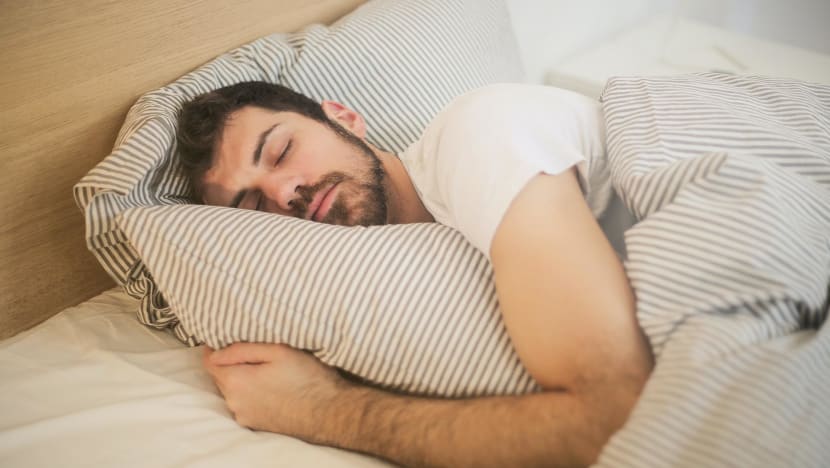
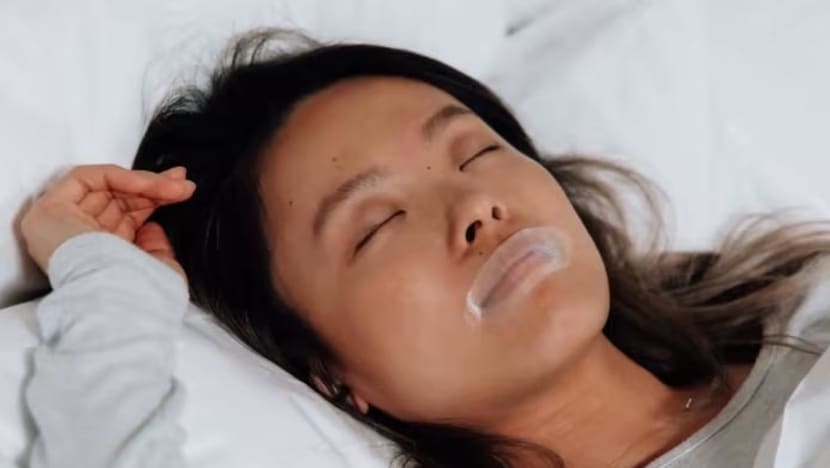






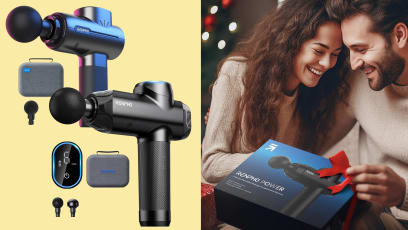
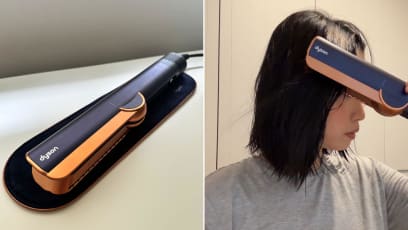


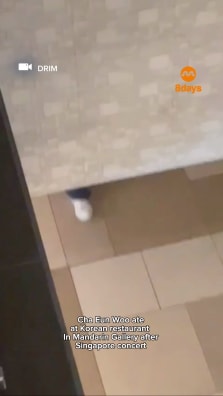



![Boss of Rui Ji chicken rice used to own a tattoo parlour! Talk about a career change! Link in bio to read more
📍Rui Ji Chicken Rice
Blk 93 Toa Payoh Lor 4,
#01-48, S310093
📍148 Beach Road,
#B1-01 The Gateway,
S189720
📍Blk 305 Ubi Ave 1,
#01-179, S440305
[till 16 Apr 2024]
https://tinyurl.com/5dudypkh](https://onecms-res.cloudinary.com/image/upload/s--9s0hbGvI--/c_fit,h_396,w_223/f_auto,q_auto/v1/8days-migration/18015522113203478.jpg?itok=EX3xKSNq)


